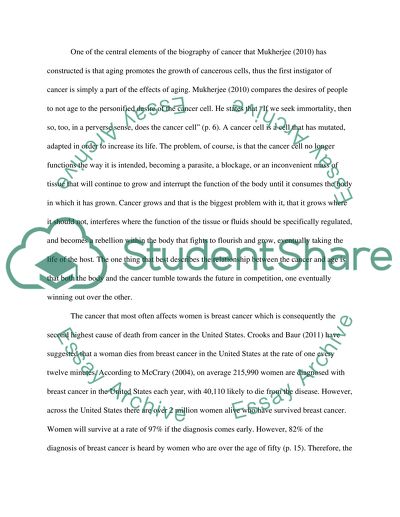Cite this document
(“Breast Cancer and Elderly Women Book Report/Review”, n.d.)
Retrieved from https://studentshare.org/family-consumer-science/1413750-breast-cancer-in-elderly-women
Retrieved from https://studentshare.org/family-consumer-science/1413750-breast-cancer-in-elderly-women
(Breast Cancer and Elderly Women Book Report/Review)
https://studentshare.org/family-consumer-science/1413750-breast-cancer-in-elderly-women.
https://studentshare.org/family-consumer-science/1413750-breast-cancer-in-elderly-women.
“Breast Cancer and Elderly Women Book Report/Review”, n.d. https://studentshare.org/family-consumer-science/1413750-breast-cancer-in-elderly-women.


